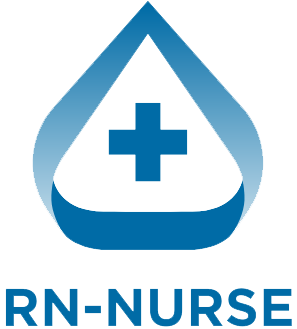In emergency medicine and critical care, shock is a life-threatening condition that requires immediate intervention. Whether you’re a registered nurse (RN), clinical nurse specialist, or a licensed practical nurse (LPN), recognizing and managing different types of shock is crucial to preserving patient care outcomes.
This guide breaks down the major forms of shock, key signs, and effective interventions—helping you respond fast and effectively during clinical rotations, ICU assignments, or acute care settings.
🔴 1. Hypovolemic Shock
Cause: Loss of blood or fluids (e.g., trauma, burns, dehydration).
Signs: Low blood pressure, increased heart rate, cool and clammy skin.
Intervention:
- Administer IV fluids immediately.
- Control bleeding if present.
- Monitor for organ perfusion.
⚡ 2. Cardiogenic Shock
Cause: Heart’s inability to pump effectively (e.g., after myocardial infarction).
Signs: Chest pain, pulmonary edema, weak pulse, hypotension.
Intervention:
- Administer oxygen and cardiac meds.
- Monitor ECG and hemodynamics.
- Collaborate with a physician to prepare for advanced interventions.
🦠 3. Septic Shock
Cause: Severe infection leading to systemic inflammation and organ failure.
Signs: Fever or hypothermia, hypotension, altered mental state.
Intervention:
- Initiate sepsis protocol.
- Administer broad-spectrum antibiotics.
- Give IV fluids and vasopressors as needed.
🔍 Important: Refer to your facility’s latest sepsis protocols in the ICU.
🧠 4. Neurogenic Shock
Cause: Spinal cord injury disrupting autonomic pathways.
Signs: Bradycardia, hypotension, warm dry skin below injury.
Intervention:
- Stabilize spinal cord.
- Administer vasopressors.
- Elevate legs and ensure airway patency.
⚙️ 5. Anaphylactic Shock
Cause: Severe allergic reaction to medication, food, or insect sting.
Signs: Swelling, wheezing, hypotension, rash.
Intervention:
- Administer epinephrine immediately.
- Follow with antihistamines and steroids.
- Maintain airway and monitor vitals.
📋 6. Obstructive Shock
Cause: Physical obstruction of blood flow (e.g., pulmonary embolism, cardiac tamponade).
Signs: Chest pain, dyspnea, jugular vein distension.
Intervention:
- Treat underlying cause (e.g., pericardiocentesis).
- Provide oxygen and monitor oxygenation.
- Rapid transport to surgical or interventional care if needed.
💡 Nursing Tips for Rapid Shock Management
- Use the ABCDE assessment method (Airway, Breathing, Circulation, Disability, Exposure).
- Always monitor for early signs of perfusion problems.
- Document all interventions clearly.
- Communicate changes to the healthcare team promptly.
🧠 Final Thoughts
Understanding the types of shock and how to respond is critical in all nursing roles—from home health nurses to advanced practice registered nurses (APRN) in the ICU. Staying current with protocols, especially those from the National Council and Bureau of Labor Statistics, can enhance your response time and save lives.

